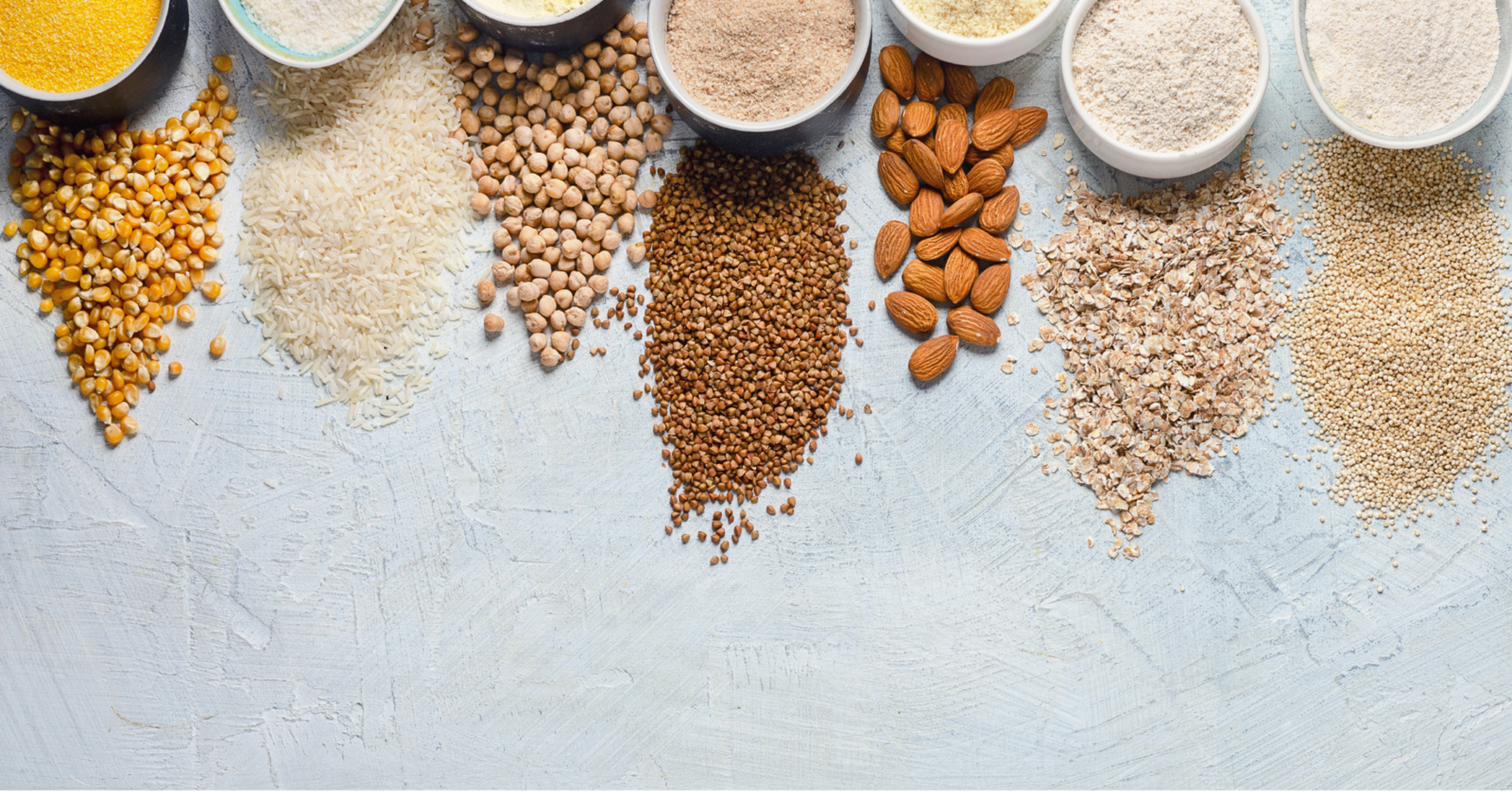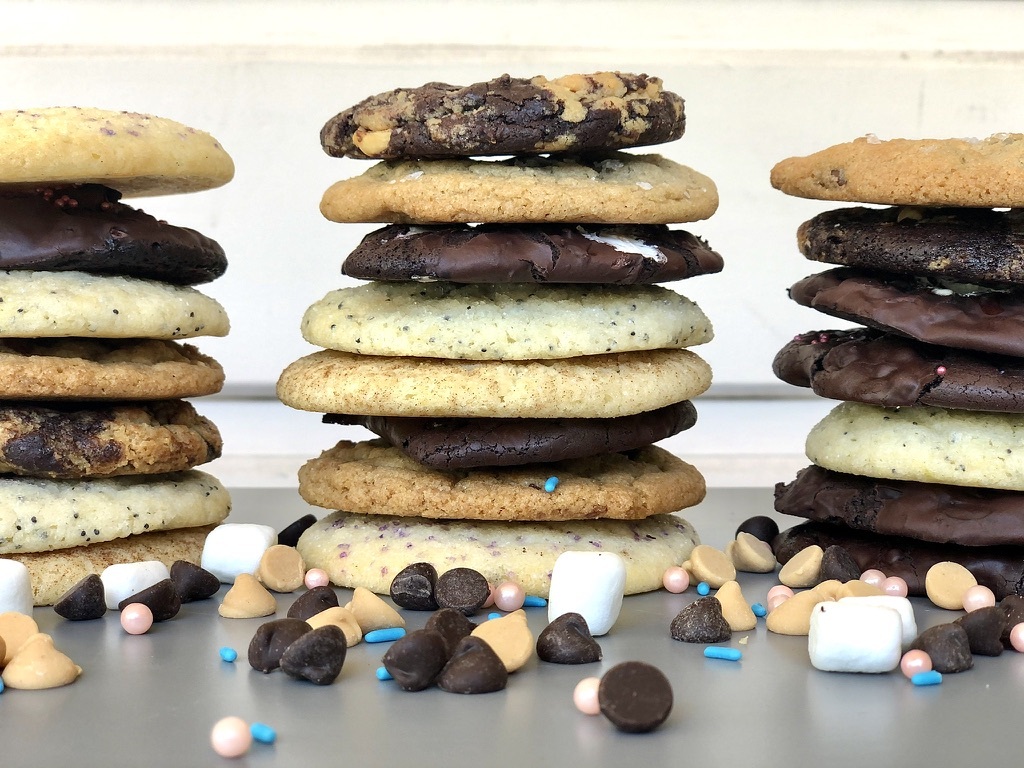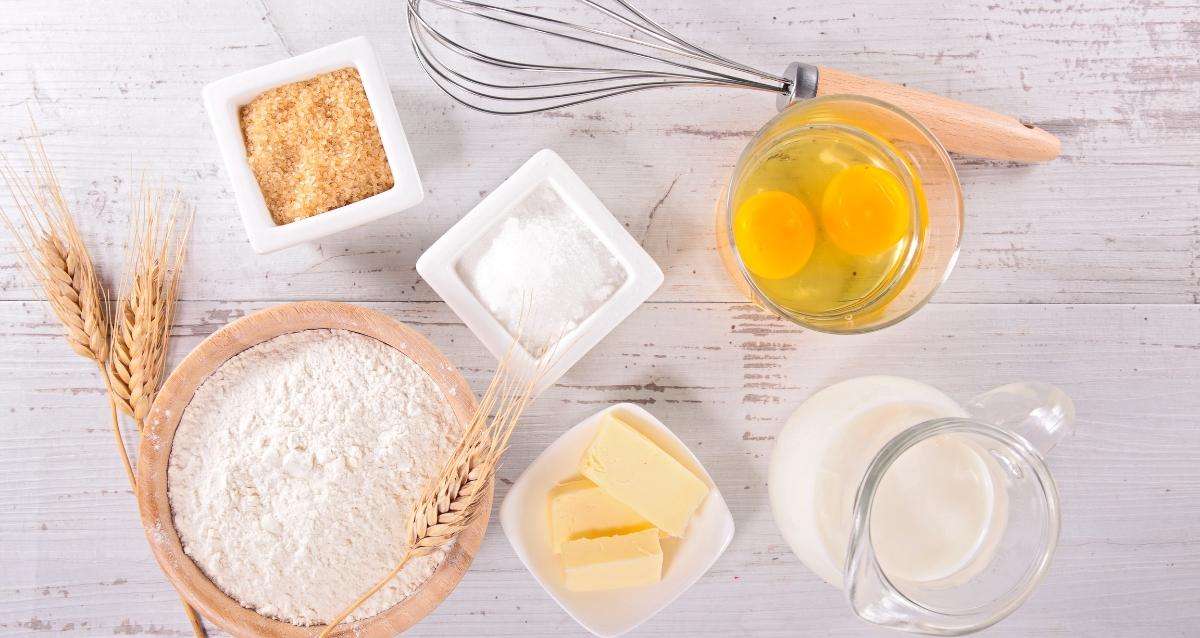French Techniques and Traditional Recipes: Meringue
Here at Kirshenbaum Baking Co., we’re passionate about sharing our love of traditional French recipes and techniques with you. This week, we’re focusing on one of our all-time favorite garnishes: the delicate and airy meringue!
If you’ve ever been to France, you know that this dessert staple is a must-try. From perfectly piped kisses to towering pavlovas, meringue is a versatile ingredient that adds a touch of elegance to any dessert. And the best part? It’s surprisingly simple to make as long as you follow the proper techniques.
What is Meringue?
Meringue is a classic confection that has stood the test of time. It is a delicate foam made by beating egg whites and sugar until they reach stiff peaks. The resulting texture is light and airy, and the taste is sweet and ethereal. Meringue can be used in various desserts, including pies, cakes, and cookies, as a topping or an ingredient.
There are three basic types of meringue: French, Swiss, and Italian. While they all use egg whites as the primary ingredient, each style has its unique preparation method that affects its texture and taste. Whether you want a fluffy and delicate French meringue or a glossy and stable Italian meringue, the key is to know the right technique and practice, practice, practice!
So, if you want to add a touch of elegance to your desserts, look no further than meringue. With a little practice and patience, you can create this delicate foam in any of its three varieties and take your desserts to new heights.
KBC’s Expert Meringue Tips
Creating a perfect meringue can be a daunting task, but with our expert tips, you’ll be able to achieve flawless results every time. So, before jumping into the specific meringue recipes, let’s review KBC’s very best pointers.
First, separating egg whites from yolks requires patience and a steady hand. It can be time-consuming, but it’s essential for achieving a light and airy meringue. Be sure to remove any specks of yolk or stray eggshells, as even the tiniest bit of fat can ruin your meringue. For best results, separate your eggs straight from the fridge–cold eggs separate easiest.
When it comes to whipping your egg whites, make sure your mixing bowl and beaters are spotlessly clean and dry. Any residual grease or moisture can interfere with the egg whites’ ability to whip up to their fullest potential.
Next, as you’re whipping your egg whites, gradually add sugar to the mix. Be sure to use fine-grained sugar, such as caster sugar or powdered sugar, as they will dissolve more easily. Slowly adding the sugar will help ensure it fully dissolves and is evenly distributed, resulting in a smooth and shiny meringue.
A final important tip is to not overbeat your meringue. Once it reaches stiff peaks, stop mixing. Overbeating can lead to a dry and grainy meringue that won’t hold its shape.
With these expert tips in mind, you’ll be well on your way to whipping up perfect meringues every time. Now, let’s get into the step-by-step guides for French, Swiss, and Italian meringue.
How to Make a French Meringue
Are you ready to try making French meringue at home? Don’t worry, it’s easier than you might think! The only ingredients you need to get started are four large eggs and one cup (198 grams) of sugar.
Once you have your ingredients ready to go, just follow these simple steps to create your very own French meringue masterpiece.
Step 1: Separate the egg whites
Start by separating the egg whites from the yolks. It’s essential to ensure there are no traces of yolks in your whites, as this can interfere with the whipping process.
Step 2: Whisk the eggs
In a stand mixer, whisk the egg whites on medium speed until they reach medium peaks. You can also use a hand mixer or a whisk, but be prepared to use some arm muscle! Gradually add in sifted powdered sugar as you continue to whisk the egg whites on medium-high speed. Keep adding the sugar slowly until you reach stiff peaks. The final product should be stiff and shiny.
Step 3: Pipe the meringue
Transfer the meringue to a piping bag and pipe it into the desired shape and size. You can make small dollops for cookies or larger nests for pavlovas.
Step 4: Transfer it to the oven
Bake the meringue in the oven at 200°F for about one to two hours or until it’s dry and crisp on the outside. The time may vary depending on the size of your meringue, so keep an eye on it!
French meringue has a delicate and airy texture, making it perfect for meringue cookies and pavlovas. Although it’s the least stable of the three types of meringue, it’s also the easiest to make, so it’s a great option for beginners. The crumb is more brittle than other meringues, giving you a nice crumble to your bite. Get ready to impress your friends and family with your homemade French meringue treats!
How to Make a Swiss Meringue
Next up is Swiss meringue. Making it is a bit more involved than making a French meringue, but the extra effort is definitely worth it. The Swiss meringue is more stable, has a smoother texture, and is often used as a base for delicious buttercream frosting. Like the French recipe, you’ll need four large egg whites and one cup of sugar to get started.
Step 1: Cook the egg whites and sugar
To start, place a heatproof bowl with egg whites and sugar over a pot of simmering water. Whisk constantly until the mixture reaches 160°F or the sugar completely dissolves. This step is crucial because it eliminates any bacteria in the egg whites and also stabilizes the meringue.
Step 2: Whisk the mixture
Once the mixture reaches the desired temperature, transfer the bowl to a stand mixer fitted with a whisk attachment. Whisk on high speed until the meringue is completely cool, stiff, and shiny. This should take about 10-15 minutes.
Step 3: Use immediately
At this point, your Swiss meringue is ready to use! You can pipe it onto a baking sheet to make meringue kisses or use it as a base for your favorite buttercream recipe. Swiss meringue’s smooth and stable texture makes it a favorite among pastry chefs and home bakers alike.
With these easy-to-follow steps, you’ll be making Swiss meringue like a pro in no time!
How to Make an Italian Meringue
Last but not least, we have Italian meringue. To make this meringue at home, you’ll need to be patient and precise, but the results are worth it! Before you start, gather four large egg whites, one cup of sugar, and a half cup of water.
Step 1: Whisk the egg whites
Begin by whisking the egg whites in a stand mixer with the whisk attachment until they reach soft peaks.
Step 2: Cook the sugar syrup
In a medium saucepan, combine the sugar and water. Cook over medium-high heat, occasionally stirring, until the sugar dissolves. Once the sugar has dissolved, stop stirring and let the syrup come to a boil. Use a candy thermometer to monitor the temperature. You want the syrup to reach 248°F.
Step 3: Mix the syrup with egg whites
When the syrup reaches 248°F, immediately remove the pan from the heat and turn the stand mixer to high speed. Slowly and carefully pour the hot syrup into the egg whites in a thin, steady stream. It’s important to pour the syrup in the area between the whisk attachment and the edge of the bowl to avoid the syrup from splattering or hardening.
Continue whisking the mixture on high speed until it cools to room temperature and becomes stiff and glossy. Once cooled, use the meringue as a topping for pies or desserts, or you can use a piping bag to create beautiful decorations!
Italian meringue is the most stable of the three types and is commonly used as a topping for pies, cakes, and tarts. Its texture is light and fluffy, almost like marshmallows, and it adds a touch of sophistication to any dessert.
Taste the Difference with KBC
Hopefully, this guide has inspired you to take on the challenge of making meringues at home. With KBC’s expert tips, you’ll be able to whip up flawless meringues every time and taste the difference that comes with using quality ingredients and techniques.
At Kirshenbaum Baking Co., we’re proud to be experts in the world of meringue and other French baked goods. So why not give it a try and see for yourself? Come visit us to try out tasty treats! Or you can head to our online shop and order some of our mouth-watering cookies today.









